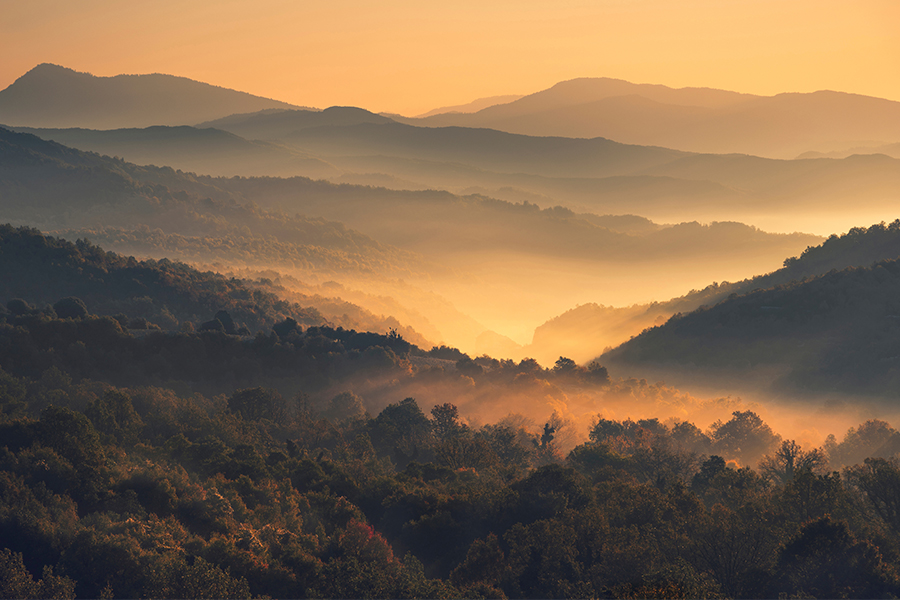
turning Black Friday green: 2 trees planted for every order
We look forward to Black Friday every year, but not for the usual reasons. While we aren’t really into the hyper-consumerism thing, we like to think there’s another way. A way to offer great deals that feel special, whilst staying as sustainable as we can.
So, this year, as well as 25% off orders over £120, we’re doubling our usual tree planting efforts. For every order placed on our website from the 21st November to the 1st December, we’ll be planting two native trees via Ecologi!

shop bedding shop towels shop robes
the impact
We know that planting trees is an excellent way to restore the planet. But, when applying tree planting as a climate solution, it’s so important to ensure that the work is being done properly.
We want the trees that we fund to be the most well-loved trees that ever did grow—and that means reforesting responsibly.
responsible reforestation
To reforest responsibly, the first step is to ensure the trees being planted are ecologically appropriate for the space they’re inhibiting and to coordinate with local communities.
The next step is ensuring the trees are protected from outside threats (both natural and manmade), so they can survive and thrive—helping to support biodiversity and carbon sequestration.
why trees?
- Trees are like a little bit of magic for the earth, absorbing carbon from the atmosphere and storing it in their biomass. This carbon absorption ability far exceeds the efficiency of any man-made carbon removal technology that currently exists.
- They provide habitat, shade, shelter, and food for local wildlife. Ultimately helping support biodiversity and preventing species loss.
- The roots of trees help stabilise the soil they grow in, reducing erosion and protecting surrounding communities from risks such as landslides and desertification.
- Coastal tree species like mangroves provide wonderful natural barriers which protect the shoreline from storms.
- They can provide products that local people can use and sell—like fruits and nuts—without the trees themselves being harmed.
- They can help to purify air and water sources, providing better health outcomes for local communities.

shop bestsellers shop the gift edit
project locations
Madagascar
Along the coasts of Madagascar, each mangrove tree planted will quietly work wonders. These coastal trees are carbon superheroes, soaking up and storing huge amounts of carbon in their extensive root systems underground.
In fact, there is research suggesting that each hectare of mangroves can absorb approximately 3,083 tonnes of carbon dioxide over a 25-year lifetime.
The more mangroves that are planted here, the more they can also help protect the area from storms, flooding and keep the coastline healthy and resilient.

Peru
Tucked high up in the Andes are the magical Polylepis forests—home to some of the highest-growing trees and one of the most important habitats in the world in terms of the biodiversity and people it supports. Indigenous people who live close to the remaining forests are working with local tree-planting organisations to restore areas that have been deforested, planting a range of native species, including Polylepis.
An abundance of wildlife lives within these forests, including Andean Condors, Spectacled Bears, and Pumas. The forests are expected to become a habitat of increasing value due to the migration of species to cooler areas to escape the warming temperatures.

Uganda
In Uganda’s Namayingo District, there has been a rapid decline in tree and vegetation cover, soil erosion and depletion of soil fertility. Implementing sustainable agroforestry techniques here not only preserves soil health but actively improves it, reintroducing nutrients to the soil to ensure healthy crops can be grown in it for decades to come.
Farmers who join the program will be taught to nurture their trees as living entities, since coppicing and pruning them will help the trees thrive and provide wood for fuel and fodder without having to cut them down.
The more healthy trees are planted here, the more native wildlife habitats can flourish, while the community can grow stronger, greener, and more resilient for the future.

Kenya
In Kenya’s Mau Region, each afromontane tree planted will help to restore forests and support local communities.
As well as restoring forest ecosystems, this project uses an “Employ to Plant” approach, ensuring the local community can earn consistent incomes as planters, nursery workers, and forest guardians.
A beautiful way to bring land and community together, while helping to make the future of our planet healthier.

You May Also Like

celebrating fairtrade fortnight with seed & bean chocolates
March 2, 2020
turning Black Friday green with nature-based carbon avoidance
November 15, 2024


